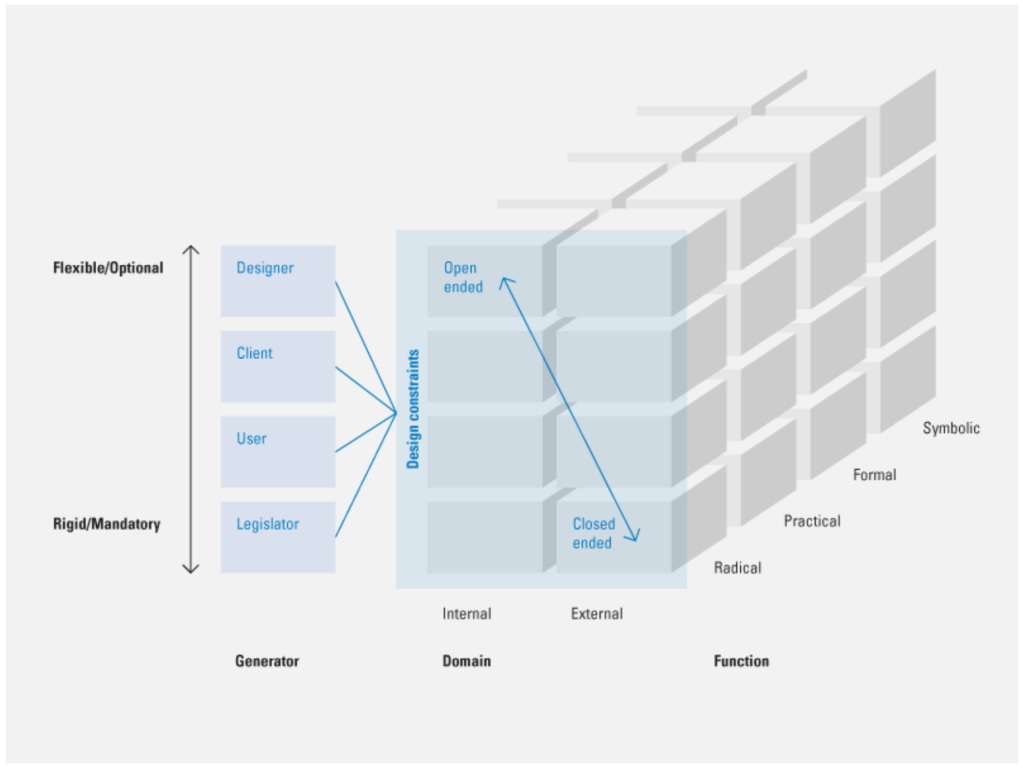Designing Constraints: Redefined
Photo by Wesley Carvalho on Pexels.com
The front-end analysis is the most significant step in any instructional design model. As an instructional designer, the FEA phase is the best use of your time when gathering information. A well-conducted front-end analysis identifies the target audience, learning gap, goal and type of learning, context, learning and performance, and design constraints. New instructional designers often see constraints as limiting or hindrance to the design process. However, changing one’s vantage point toward ‘constraints are necessary for innovative instructional design.
Designers should realize the importance of constraints as they yield innovation and ideation. “Constraints form the design problem, and…they may only become apparent as attempts to create the solution progress” (Lawson, 2006. p.109). Taking from Lawson’s 2006 ID model, he categorized types of constraints as
1. constraint generators, i.e., designer, client, user, and legislator (Lawson, 2006. p.90).
2. Contextual constraints, i.e., internal and external (Lawson, 2006. p.97).
3. “Focuses on the type of material for the design, the function, and practical application” (Reiser and Dempsey 2012. p. 155).
Lawson’s model (2006)

http://www.dubberly.com/topics/design/space-of-design-constraints.html
Instructional Designers work in various settings and contexts. Consider the different locations and their constraints the designer may encounter.
Military and Governmental Context
- Funding (designing within fixed budget guidelines)
- Varied technological range (i.e., network, configuration, large scale design)
- Diverse delivery context (i.e., face to face, aboard ship, and field)
Health Care Setting
- Designing against the internet “Web 2.0 social tools” (Reiser and Dempsey 2012)
- Time and cost constraints
- Considering the Health Insurance Portability and Accountability Act when designing.
Business and Industry Context
- Design for cultural differences in the workplace
- Learner or End User barriers
- Organizational culture
K-12 Educational setting
- Considering the digital divide when designing.
- Designing with minimal resources (i.e., technical support)
- Attitudinal barriers (i.e., teacher buy-in)
References
Biskjaer, M. M., Christensen, B. T., Friis-Olivarius Morten, Abildgaard Sille, J. J., Lundqvist, C., & Halskov, K. (2020). How task constraints affect inspiration search strategies. International Journal of Technology and Design Education, 30(1), 101-125.
Lawson, B. (2006). How designers think: The design process demystified. Oxford, UK: Elsevier
Reiser, R., & Dempsey, J. (2012). Trends and issues in instructional design. Upper Saddle River, NJ: Pearson Prentice-Hall Publishers. ISBN 978-0-13-256358-1
Dubberly, H. (2010 July 29). Space of design constraints. Dubberly Design Office. Retrieved October 11, 2021, from http://www.dubberly.com/topics/design/space-of-design-constraints.html.